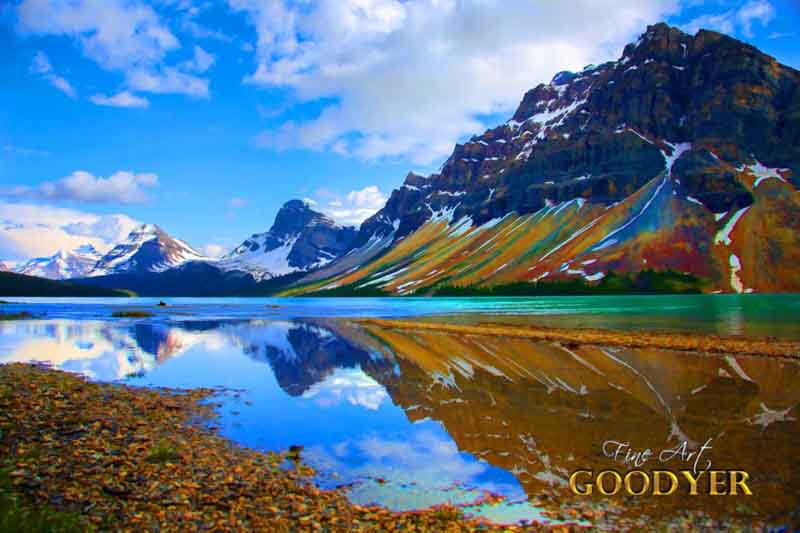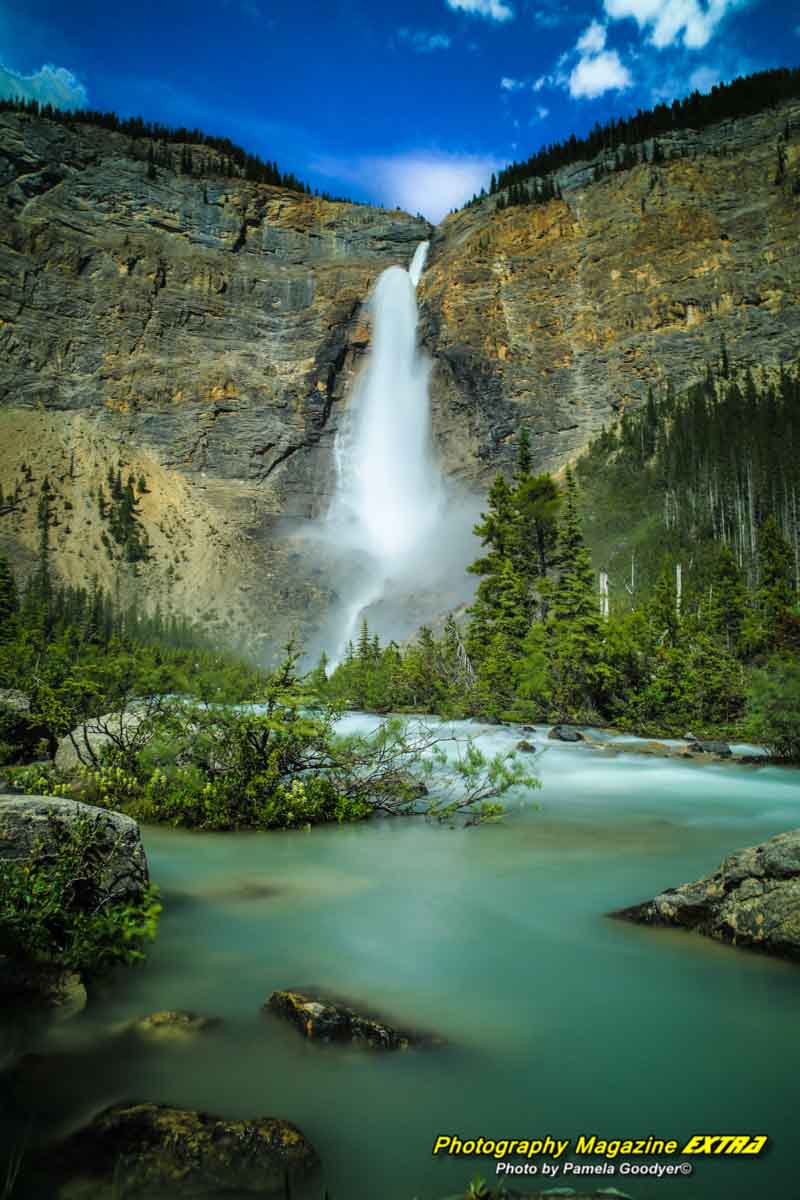Quickly and Easily Master Photography – 15 Tips
1. UNDERSTAND COMPOSITION
Familiarize yourself with the rule of thirds, leading lines, and framing. Knowing these concepts will enable you to shoot well-balanced and aesthetically pleasing photos. Some people have a natural ability to frame a picture for good composition. If you lack this quality, you must consciously learn and follow the basic rules.
2. PHOTOGRAPH EVERYTHING
You can pour over these words as much as you desire. But without physically immersing yourself in the process with your camera, the concepts and techniques won’t truly be absorbed into your mind. They won’t cling to your memory, and you won’t gain much from it all. You must practice!
Bring your camera with you everywhere you go. If you want to excel at photography, you’ve got to take a lot of pictures. By the way, shoot everything red. We all started out taking not-so-great pictures. Some of us who became obsessive quickly moved into the award-winning realms of photography.
After a tragic event, Pamela Goodyer turned to her digital camera for relief. She traveled to 20 states in one year, driving to all the local states around her: Pennsylvania, New York, MD, and CT. She also took vacation time and flew to other states, traveling from state to state. Within three months of her first digital camera being put in her hand, she won her first international award.
3. BACKGROUND
Also, many people don’t look at the background behind their subject. People shoot subjects with the orange street construction cone in the background. Moving just a few feet in any direction could have resolved this problem. Always keep your eye on the entire picture, not just your subject. If you don’t pay attention, you’ll go home and download your photos to stare at a bright orange cone or some other object that could have been avoided by moving yourself, subject, or both.
3. LIGHTING – TIME OF DAY MATTERS
Learning to use natural and artificial lighting can dramatically change the mood and quality of your photos. Always observe how light interacts with your subject and surroundings.
You will get good landscape and outdoor photography lighting about an hour before sunset. The sky’s colors at sunrise and sunset make for extremely dynamic photography. Once you photograph incredible sunrise and sunset colors, you might find that your midday photos seem a little dull. Watch the weather for good sky conditions. You want to be out there when the white puffy clouds are in the sky for the colors to reflect off of. Don’t go out of your way to do sunrise and sunset when there are no clouds. That might initially sound odd, but you’ll understand when you see dynamic colors in the clouds.
4. SHOOT AWAY FROM THE SUN FOR RICH COLORS
Shoot 45 degrees or more away from the sun to get deep, dark, rich colors. You can shoot into the sun for a silhouette-style photograph Or use a low-level flash to fill in the light when shooting toward the sun, especially when people are your subjects. Take a sample shot. Shoot towards the sun and see the colors washed out. Shoot away from the sun and see how deep and rich they are. Pamela Goodyer is known for her brilliant, dynamic images filled with color bursts. This is one of her secrets to rich color.




















 Photography, Lessons, Workshops and Classes.
Photography, Lessons, Workshops and Classes.
